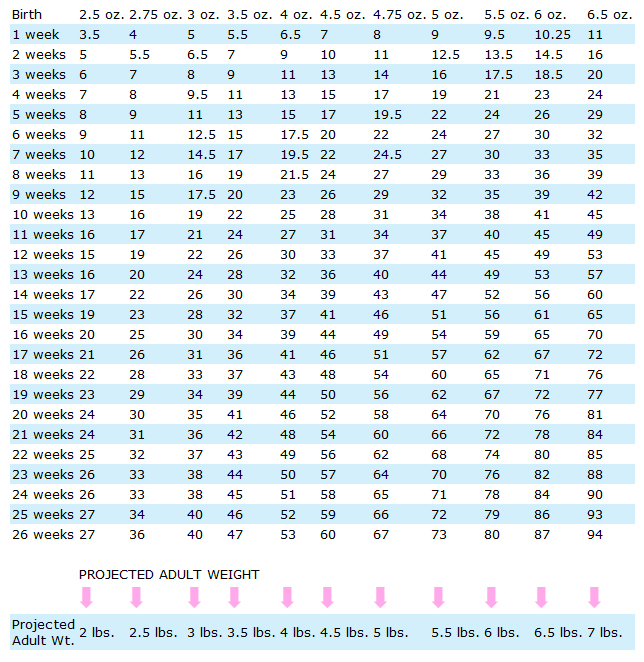Health Guarantee/Contract
                                               Simon’s Poodles & Doodles
 Dam: _____________________________________ Sire: ____________________________________
Birth Date:Â ___________Â Â Â Â Â Â Â Â AKC Registration ID _____________
Sex: M F _ Color: __________ Sale Price: __________ Breed_________________
 Buyer name: _____________________________ Â
Seller will take every effort to guarantee that every puppy from Simons Poodles-n-Doodles is in good health at the time of adoption. Because we cannot control the exposure of the puppy after leaving us, we ask that you have your new puppy examined by a vet within three (3) days after acquiring your puppy. If you do not do this, this contract is VOID. We will not ship a puppy until Seller is certain that the puppy is ready for the trip to your home and has passed a veterinary health inspection and is free from any illness (at least 8 weeks of age). Seller will send the puppy’s health certificate, rabies certificate (if over 3 months old), vaccination record and copies of the AKC registration papers.
Seller warrants the health of the puppy for the first twelve (12) months of life against genetic hereditary illnesses i.e.… (Heart, liver and kidney failure).  If ever a replacement puppy is deemed necessary due to one of the above-listed life-threatening illnesses, the replacement will be made for the same value of puppy, unless Buyer prefers to pay the difference for a more valuable puppy. Buyer must return the puppy along with all registration papers, immunization papers, , etc, along with a letter from a licensed veterinarian stating the type of condition/illness that the puppy is exhibiting in order to determine if a replacement is to be made to Buyer. Should a death occur, due to an unknown cause, an autopsy must be performed by a licensed veterinarian and a copy of the report forwarded to Seller before determining if a replacement is to be made. There will be no cash refunds. All expenses are at Buyer’s expense including the licensed veterinarian diagnosis and autopsy, if applicable, and the return shipping and shipping of a replacement puppy.Â
Puppies are extremely susceptible to infections due to cool drafts. Another susceptibility of puppies and small dogs is hypoglycemia (low blood sugar), which can be brought on by a number of reasons such as not eating properly or frequently enough, playing too much, the stress of being moved to a new home or just being handled too much. Puppies can also go through high stress during moves to their new homes, changes in diet as well as too much handling by the new owners and can bring on parasites that can be dormant such as, but not limited to, worms and ear mites. Every preventative effort has been made by Seller (wormings, shots and ear cleanings) to guard against these types of problems, but Buyer should be aware of them possibly occurring. These conditions are all treatable and do NOT warrant a return or exchange of said puppy.
Small puppies and dogs are very fragile and every precaution should be made in handling them. Their bones are tiny and they are easily injured. This contract is NOT applicable for accidental injury to the puppy. While Seller will make a good faith effort to estimate the color and size of the puppy based on past litters and size of the parents, Seller does NOT and CANNOT guarantee size, color, temperament or fertility of a puppy. We represent our puppies as beautiful, loving pets. We have expended a lot of love, care and time prior to the puppy’s adoption. Buyer should be prepared and ready to continue that same loving care.
By signing below, the parties agree to the terms as described above.
DATED:Â _________________Â Â Â Â Buyer(s) Signature(s):Â __________________
Address:Â ______________________________________________________
Two Phone numbers:Â ___________________________ Email: ________________________
Seller Signature: ___________________________________________
Simons Poodles, Doodles & Yorkies
* Jackie Simon
3160 US HWY 6 E. Fremont, Ohio 43420
poodlesddl@msn.com
Face Book Page  Simons Poodles n Doodles
Phone:Â 419-603-8203
